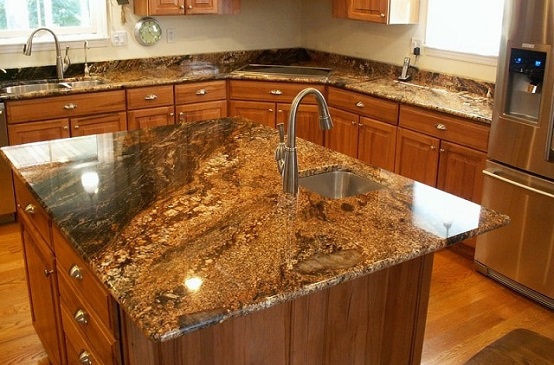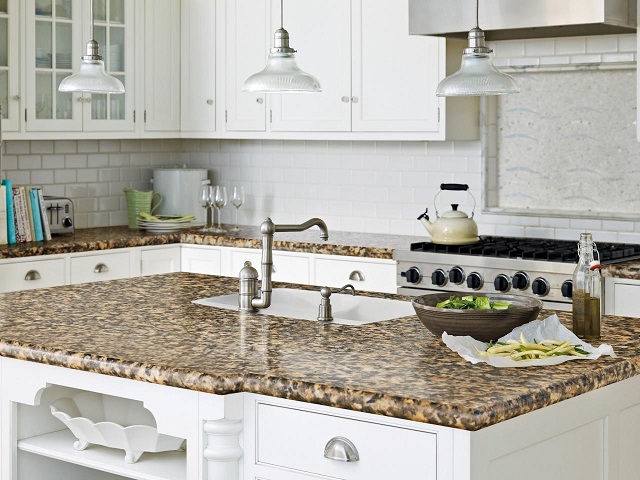Countertops
There are many types of countops and they all have pros and cons, they all have a different look and feel. The main thing on everyones mind is price, though some are cheaper than others there is a difference in maintenance and durability, depending on the amount of use and feel you want in your house. Kitchen countertops can be as little as a few hundred dollars up into the thousands, depending on the size of the counters and rarity of the materials used.
National average
$3,000 – 6,000
Laminate can be as cheap as $500 – $2,500
Marble and granite is usually $2,500 – $10,000
Butcher Block $2,000 – $10,000
GRANITE AND MARBLE
Pros: Many colors, Many thicknesses, Cut to order, Highly durable
Cons: Some colors may stain, Some colors may etch, May require sealing, May require pH-neutral sealers, Heavy, Difficult to transport
BUTCHER BLOCK
Pros: Many options available, Many thicknesses, Made to order
Cons: Some may be easily scratched, Some may stain


LAMINATE
Pros: Readily available, Inexpensive, Easy to install
Cons: Not very durable, May delaminate, Fewer sink options
TILE AND BACKSPLASH
Pros: Many choices for appearance, Made to order, Easily customizable
Cons: Grout may stain, Some tiles may stain, some tiles may crack


Comparing Materials
While the total list of materials you can use in your kitchen is long and varied, and there are even comparisons to be made amongst materials including on things like color, brand, and maintenance, most people choose one of a few popular materials for their kitchens.
Granite and quartz are two materials that are frequently compared. Granite is a natural stone that comes in many colors and styles, while quartz is a man-made material consisting of natural quartz, pigments, and resins. Quartz is easier to maintain than granite, but is more uniform in color, lacking a lot of the variation and color that real stone can bring. Granite is slightly less expensive on average, ranging from $3,000 to $3,500 for 30 sq.ft. installed, while quartz costs $3,500 to $3,760 for the same amount.
Marble and quartz are also frequently compared. Marble is a much softer stone than granite, composed mostly of calcite. It requires significantly more maintenance than either granite or quartz, and costs about the same as most quartz counters.
Laminate and granite are another frequent comparison. Laminate is inexpensive and readily available for a quick install, while granite can take 2 to 3 weeks. Laminate is also more consistent in color than granite, but granite is more durable, outlasting laminate by many years. Laminate costs around $500 to $1,200, compared to granite at $3,000 to $3,500.
Granite and butcher block counters are also a frequent comparison. Butcher block counters come in many types of wood, and therefore colors and patterns. They require frequent treatment, while granite requires frequent sealing. You can cut on a butcher block counter, while cutting on a granite counter will dull your knives. Butcher block counters cost around $1,320 to $1,820, making them less expensive than granite.
Information Source: fixer.com
